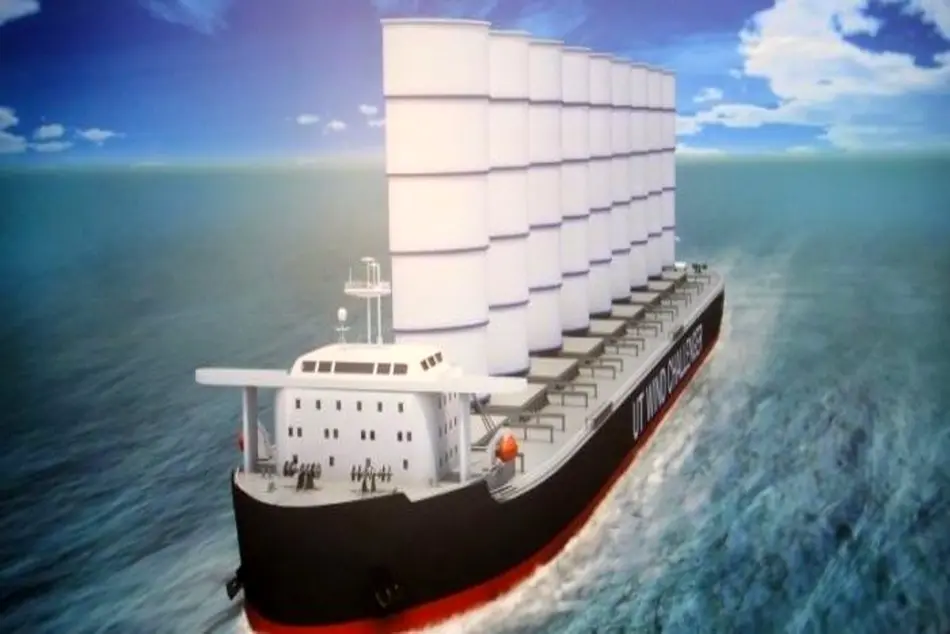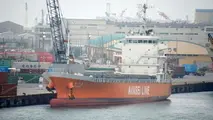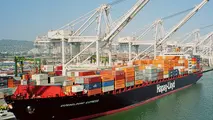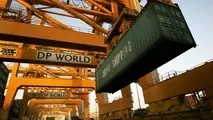Shipping is beginning to notice wind propulsion solutions
Lately the shipping industry has reached a wide consensus that it must decarbonize the sector. Especially ahead of the 2020 sulphur cap, the industry is trying to improve its environmental footprint. In this attempt, several companies are considering wind propulsion technology solutions.

Lately the shipping industry has reached a wide consensus that it must decarbonize the sector. Especially ahead of the 2020 sulphur cap, the industry is trying to improve its environmental footprint. In this attempt, several companies are considering wind propulsion technology solutions.
Namely, the International Windship Association (IWSA) said that it has seen a significant change in interest and engagement in the industry. In fact, some wind technology solutions could provide 5, 10, or 20% fuel savings, while fully wind retrofits or new build wind propulsion installations, could have the ability to deliver 30% or more from the wind alone.
The fact is that wind technology had proved its benefits on land and offshore, but is now being slowly transferred to ships as well. With a combination of a direct renewable delivered to the vessel and a secondary orenewable energy generated by wind energy in batteries, wind propulsion could help achieve zero-emissions shipping.
Speaking on this development, Dr. Orestis Schinas, Professor of Ship Finance at the Maritime Business School (MBS) of the Hamburg School of Business Administration (HSBA) comments:
"Wind propulsion is an important component in the development of low carbon commercial shipping, therefore research effort and educational resources are allocated in this field."
In addition, in an exclusive interview with SAFETY4SEA, Mr. Gavin Allwright, Secretary of IWSA, mentioned that industry has realized wind propulsion is a realistic choice for a more sustainable future and refers to the existing wind assisted marine projects.
Nevertheless, he notes that although the viability of these installations is starting to be proved, there are still barriers for the industry to overcome with perception being on top of these.
Despite these problems, the industry is beginning to adopt more wind propulsion installations, with Mr Allwright mentioning that we need to change mindset and think about the long term.
For this reason, the industry should support a clear regulatory framework, new technologies, alternative fuel development and a more standardized circular economy approach.



